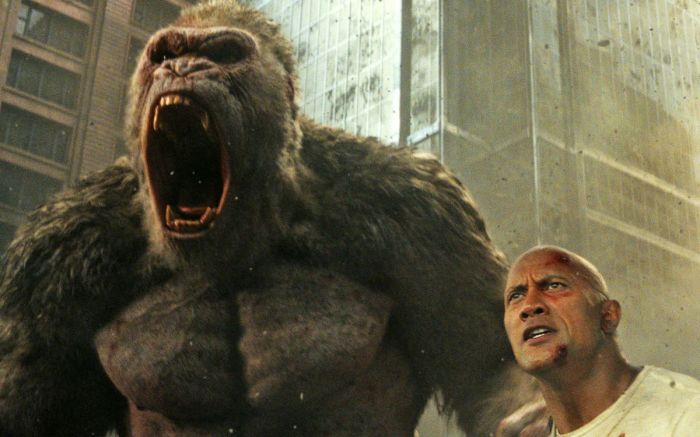Arcade games have left an undeniable mark on the film industry, transcending their entertainment value and becoming integral elements in cinematic storytelling and audience engagement. From iconic arcade classics gracing the silver screen to their profound impact on plot development and character arcs, arcade games in movies have captured the imagination of generations.
The evolution of arcade game technology, as depicted in movies, has mirrored the rapid advancements in the real world. From the pixelated graphics of early arcade games to the immersive virtual reality experiences of today, filmmakers have harnessed these technological advancements to enhance the portrayal of arcade games on screen, captivating audiences with stunning visual effects and computer-generated imagery.
Arcade Games in Movies: Cultural Significance
Arcade games have played a pivotal role in shaping the film industry, leaving an indelible mark on cinematic storytelling and audience engagement. Their cultural impact is evident in the numerous iconic arcade games featured in movies, such as Pac-Man in “Wreck-It Ralph” and Donkey Kong in “Pixels.” These games have not only provided nostalgic entertainment but also influenced the narrative structure and visual aesthetics of films, creating a unique and immersive experience for viewers.
Technological Evolution and Visual Representation

The technological evolution of arcade games has been closely intertwined with their depiction in movies. As technology advanced, so did the visual representation of arcade games on screen. Computer graphics and visual effects have transformed the portrayal of arcade games, making them more realistic and immersive.
Films like “Tron” and “Ready Player One” showcase the stunning visuals and imaginative worlds that arcade games can offer.
Arcade Games as Narrative Devices

Arcade games have also served as powerful narrative devices in movies. They can drive plot development by creating challenges and obstacles for characters. In “The King of Kong: A Fistful of Quarters,” the arcade game Donkey Kong becomes a central focus, driving the protagonist’s quest for redemption.
Arcade games can also reveal character arcs, such as in “The Last Starfighter,” where the protagonist’s skills in an arcade game lead him to a destiny beyond his wildest dreams.
Nostalgic Appeal and Audience Engagement, Arcade games in movies

The nostalgic appeal of arcade games has been effectively utilized in movies to evoke childhood memories and connect with audiences. Films like “The Goonies” and “Summer of ’84” feature arcade games as a central part of the characters’ experiences, creating a sense of escapism and emotional resonance.
The familiar sights and sounds of arcade games trigger nostalgia, fostering a sense of connection and shared experience among viewers.
Cultural and Social Commentary

Arcade games in movies can also reflect broader cultural and social issues. They can comment on technology, consumerism, and societal values. In “Tron,” the arcade game becomes a metaphor for the dangers of unchecked technological advancement. Similarly, in “The Matrix,” arcade games are used to explore the nature of reality and the impact of technology on human consciousness.
Expert Answers: Arcade Games In Movies
How do arcade games contribute to cinematic storytelling?
Arcade games in movies can drive plot development, provide character insights, and enhance audience engagement by creating immersive and interactive experiences.
What role does nostalgia play in the appeal of arcade games in movies?
Arcade games evoke childhood memories and foster a sense of escapism, connecting with audiences on an emotional level.
How have technological advancements influenced the portrayal of arcade games in movies?
Advances in computer graphics and virtual reality have enhanced the visual representation of arcade games, creating more immersive and realistic experiences for audiences.
